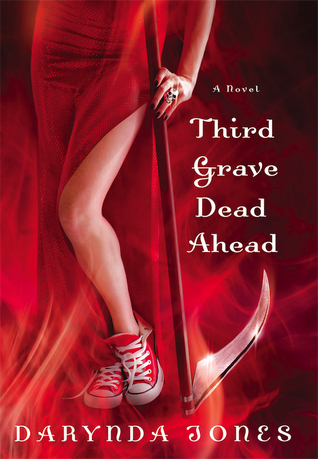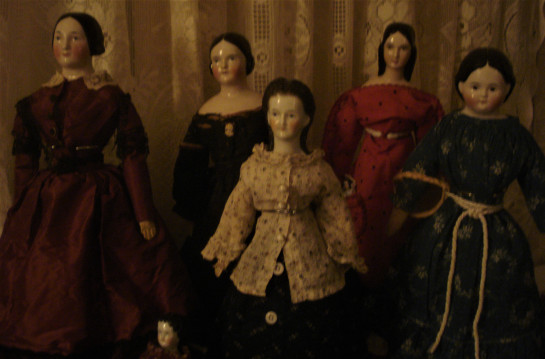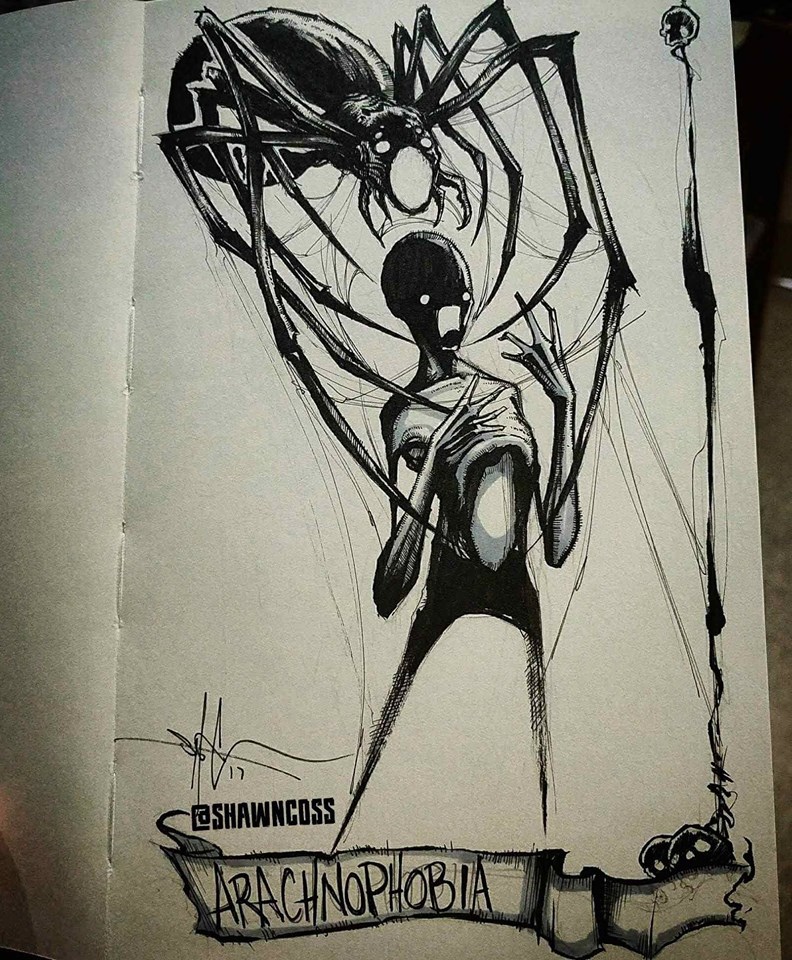Maddaddam is the final novel in Margaret Atwood’s dystopian trilogy of the same name. Having enjoyed the first two novels – Oryx and Crake and The Year of the Flood – I was looking forward to starting the final novel, particularly to see how it would all end, and like the previous novels, I wasn’t at all disappointed.
Whereas the trilogy’s two previous novel’s plots run within the same period of time, along parallel timelines, Maddaddam continues on from their endings, providing a completely new and unknown plot. This was great for establishing the novel as both a continuation of the story, and its inevitable conclusion too, while also bringing something different from the rest of the trilogy.
The novel is written from two points of view: Zeb and Toby (characters both introduced in TYOTF). Toby’s perspective is written as though the novel is her journal, where she recounts the events that occur within their little camp of survivors – including the stories about Zeb that she tells to the hybrid Craker creatures (human-type creatures that were created by Oryx in the first book, designed to survive after the apocalypse). Contrastingly, Zeb’s point of view is introduced to tell the true account of these tales.
Overall, the plot of this final novel was pretty good: lots of action and high-risk events to keep the plot moving, but interspersed with some equally as important calm and thoughtful moments. I particularly enjoyed the inclusion of Zeb’s stories, despite it moving the narrative away from the central story. Usually this type of change in narrative would frustrate me, but the whole novel’s structure was too well paced for it to do anything other than keep me invested in the story. As for the ending (of course I won’t include any spoilers), it really pulled at my heartstrings – it felt more rushed in comparison to the rest of the novel, but nevertheless it came to a oddly satisfying conclusion.
I loved the Maddaddam trilogy, and this novel was a great conclusion to it. It brings into question our ideas about nature and evolution (particularly with the new Crakers species that is created), as well as our own ability as a species to adapt and survive in the future. It’s rather different from the more typical dystopian structure (a totalitarian society set in the near future in which the survival of the entire human race isn’t questioned), which is why Atwood often describes her writing instead as ‘speculative fiction’. However, by being different from anything else I have read, it made me all the more interested to find out what would happen. If you’re looking to getting into more dystopian or Atwood, I would really recommend this trilogy.

Advertisements Share this:





